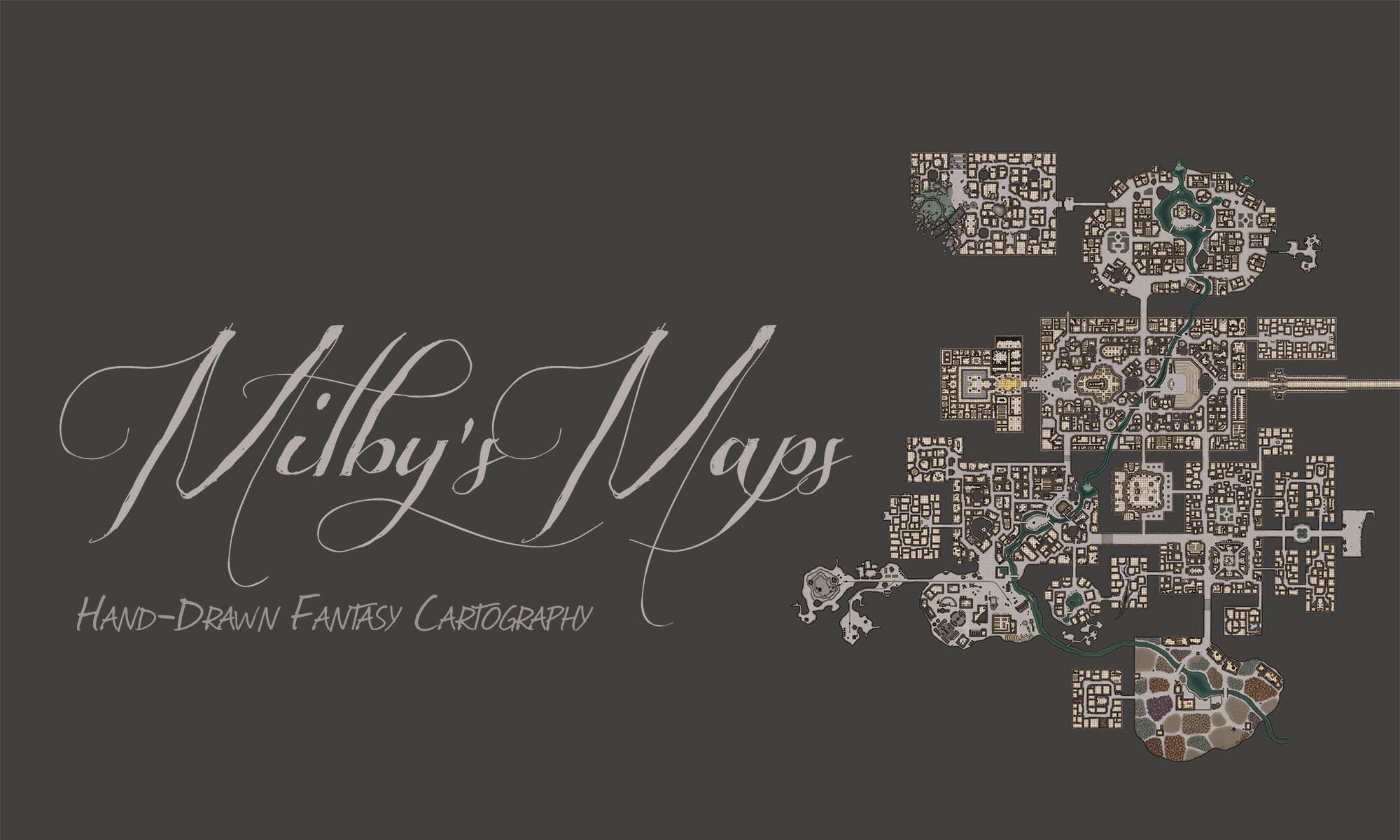The Chateau de Breze is one of the most fascinating places I’ve ever been. If there has ever been a place that looks like a real-life D&D map, this is it.
You cross a drawbridge into a castle, then down some stairs into a long, underground tunnel. Then, after going through an ancient, underground settlement, you get to the bottom of the moat, where there are even more tunnels and two more ancient, underground settlements, all connected by a complex network of passages and chambers carved into the rock. I mean, a lot of castles have a cellar, a crypt, maybe a cistern underneath, but these guys have their own personal underdark down there.
Now that I think of it, this place would make a pretty good underdark entrance. Or, wait… what if the lord of the castle was secretly in league with the drow, who were helping him seize power in the region so they can have free reign to raid the surface? Hmm… that might be the start of something interesting.
Next, I’ll be starting on the Castel Sant’Angelo in Rome. This is the last of the three historical castles I’ve been drawing lately and I don’t think it’ll disappoint. Dating back to 134 AD, it was built as the mausoleum of Emperor Hadrian, later becoming a fortress and eventually being occupied by the pope. I’ve had a look at the floor plans and I can tell you right now: this will not be a small map.
Anyway, if you have any questions about the Chateau de Breze, by all means ask. I don’t know everything about it, but I’ll answer if I can.
Well, that’s it for now. I hope you like the map!













